How Does Reverse Engineering Work?
How Does Reverse Engineering Work?
In this article, Reverse Engineering Service experts Mako GmbH explains what RE is and how it works. Reverse Engineering service requires you to follow a concrete Reverse Engineering process.

WHAT IS REVERSE ENGINEERING?
Reverse engineering, sometimes called back engineering, is a process in which software, machines, aircraft, architectural structures and other products are deconstructed to extract design information from them. Often, reverse engineering involves deconstructing individual components of larger products. The reverse engineering process enables you to determine how a part was designed so that you can recreate it. Companies often use this approach when purchasing a replacement part from an original equipment manufacturer (OEM) is not an option.
The reverse engineering process is named as such because it involves working backward through the original design process. However, you often have limited knowledge about the engineering methods that went into creating the product. Therefore, the challenge is to gain a working knowledge of the original design by disassembling the product piece-by-piece or layer-by-layer.
HOW COMPANIES USE REVERSE ENGINEERING?
Companies often use reverse engineering on old electronic components, such as discontinued printed circuit boards (PCBs) and connecting cards. Frequently, the products in question will come from manufacturers that have since gone out of business. If the manufacturer is still in business, they might no longer offer the part. The firms often reverse engineer old electronics for the sake of continuity.
In some cases, the only way to obtain the design of an original product is through reverse engineering. With some older products that have not been manufactured for 20 years or more, the original 2D drawings are no longer available. Often, there will be no way to contact the original manufacturer, as the company may no longer be in business.
Companies sometimes use reverse engineering to regain design data on their own long-discontinued products. For example, a small company that has been in businesses for more than 40 years may have manufactured numerous products before the days of computer-aided design and digital file storage. Consequently, these older products may be based on long-lost paper blueprints. Through reverse engineering, companies can regain their lost designs and create archives of their product legacy.
Even if the company still has their paper blueprints, they may want to create a digital version of them to make the plans easier to access and use. The business could use certain reverse engineering techniques to create this digital design file.

Among auto restoration specialists, reverse engineering is sometimes employed to recreate the designs of engines and auto body parts for older vehicles. Using reverse engineering to rebuild engines or recreate hard-to-find parts can make cars from the 1920s through the 1950s drivable again. Thanks to reverse engineering, you could bring a classic vehicle back to life and make it fully functional without changing the design of the car’s systems.
Reverse engineering requires a series of steps to gather precise information on a product’s dimensions. Once collected, you can store the data in digital archives. Often, engineers will enhance the design with new developments and innovations. Sometimes, they will replicate the original model exactly.
THE REVERSE ENGINEERING PROCESS
The Reverse Engineering Process
To reverse engineer a physical product, an organization will typically acquire an example of the product in question and take it apart to examine its internal mechanisms. This way, engineers can unveil information about the original design and construction of the product.
When reverse engineering a mechanical product, you start by analyzing the dimensions and attributes of the product in question, be it an aircraft, ship, vehicle, computer or piece of industrial machinery. During this analysis, you make measurements of the widths, lengths and heights of key components in the product, as these dimensions often relate to the product’s performance capacity.
Today, some engineers use 3D scanning technologies to make these kinds of measurements. With three-dimensional scanners, engineers can gain accurate readings of the product’s specs and have this information automatically logged in their databases. 3D scanning technologies include coordinate measuring machines (CMM), industrial computed tomography (CT) scanners, laser scanners and structured light digitizers.
After all the pertinent information has been gathered and recorded, you can use this data to create computer-aided design (CAD) drawings for subsequent analysis and development. CAD drawings are digital two-dimensional and three-dimensional representations of the products, which you can use to analyze the product’s design. These digital models help to unveil design intent and inform the creation of a reverse-engineered component.
Reverse engineering is often necessary in the development of computer parts due to the obsolescence of parts from prior years. For example, you might have one product with a unique innovation from two year’s earlier, but the manufacturer has since gone out of business. To link that innovation to a newer product for convenience and continuity’s sake, the engineering team will need to examine the obsolete product for its technological makeup.
In order to reverse engineer a PCB, technicians start by examining and identifying the various components of the board. Each board will typically have resistors, capacitors, LEDs, a transistor, an inductor and various other features. The task here is to determine how the layout of these features gives the PCB its unique capabilities.

Before disassembly, the reverse-engineering team will photograph the board up close from the front and back to create a record of the board’s composition. Once the notes and images are collected, the engineers begin the process of deconstructing the board.
During disassembly, the team removes each part from the board, one after another. The parts must be set aside for safekeeping and organized in the order they were removed. This way, the board can be reassembled later on, if necessary. In cases where the objective is to replicate the design in question, engineers might test their ability to replicate the product by disassembling and reassembling an existing copy several times over.
As the team sets aside removed components, they take value measurements of key parts, including the capacitors and resistors. This step helps the team gain a greater understanding of the engineering that went into the original design. It also provides insight into how the board’s components work together to enable the PCB to function correctly.
With the various components removed from the old board, the team then draws up a list of the materials and the order in which they were placed on the PCB. The team will also scan the board’s trace pattern so that they can recreate it later.
The reverse-engineering team may then use the pieces at hand and the information collected to assemble a new board. First, they lay out a new board and then install the components in the same order used for the original PCB. Once assembled, the new board is run through a series of tests to determine its functionality. The team will digitally document the results of these tests for future study.
If you want to explore more about Reverse Engineering, CAD software and how to master them check out our Blog Posts here or contact us here to get in touch with a Reverse Engineering expert!

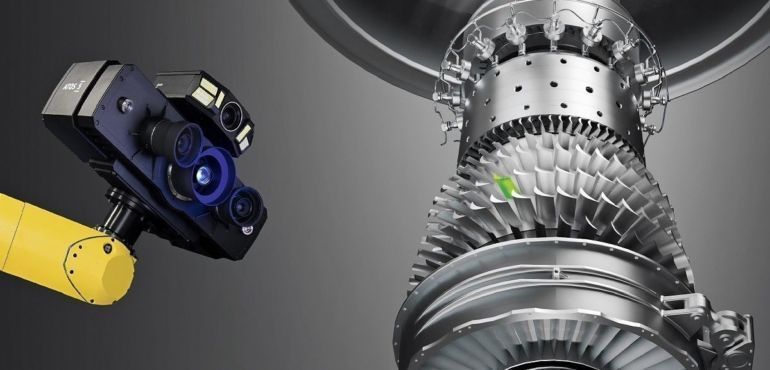
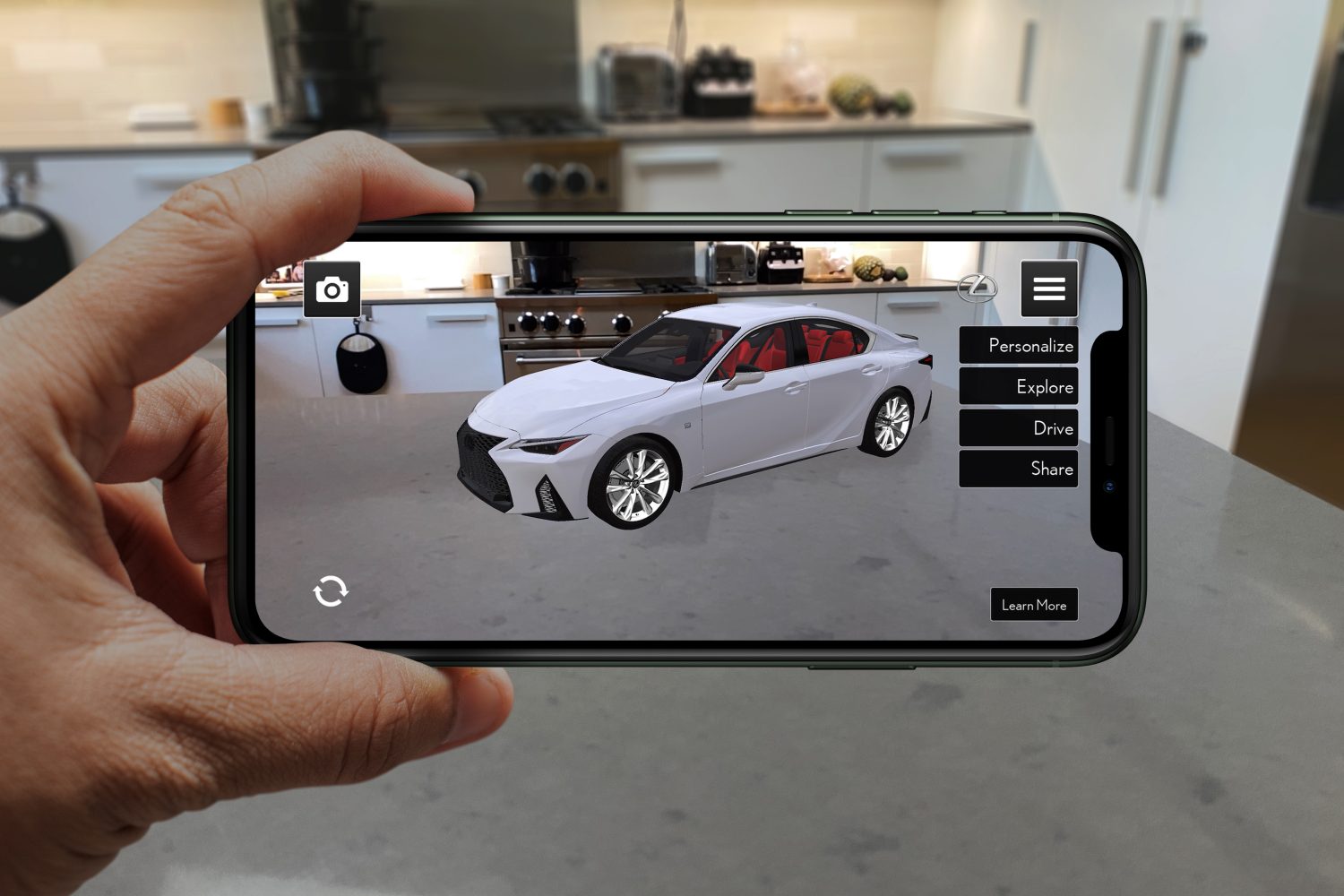
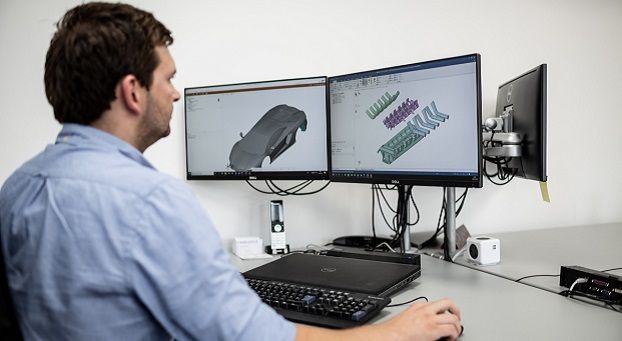
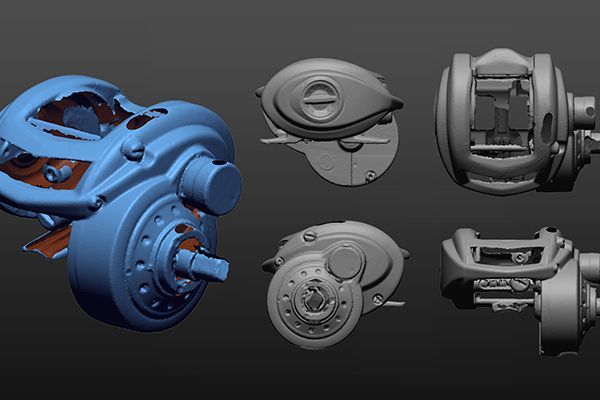


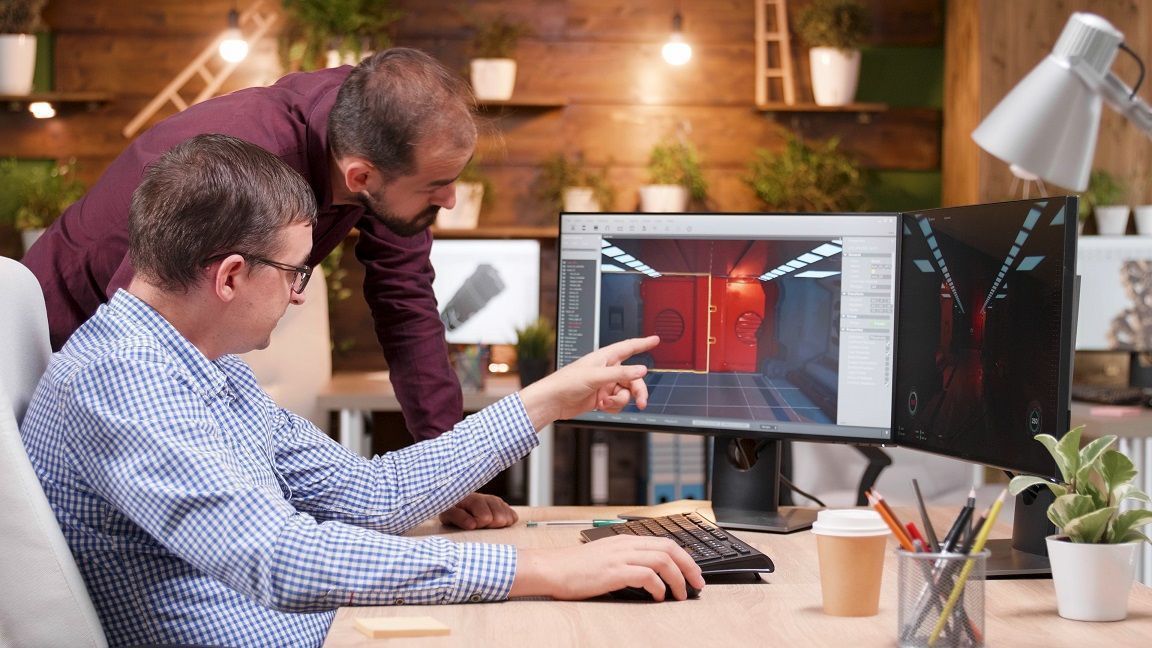

There are no comments